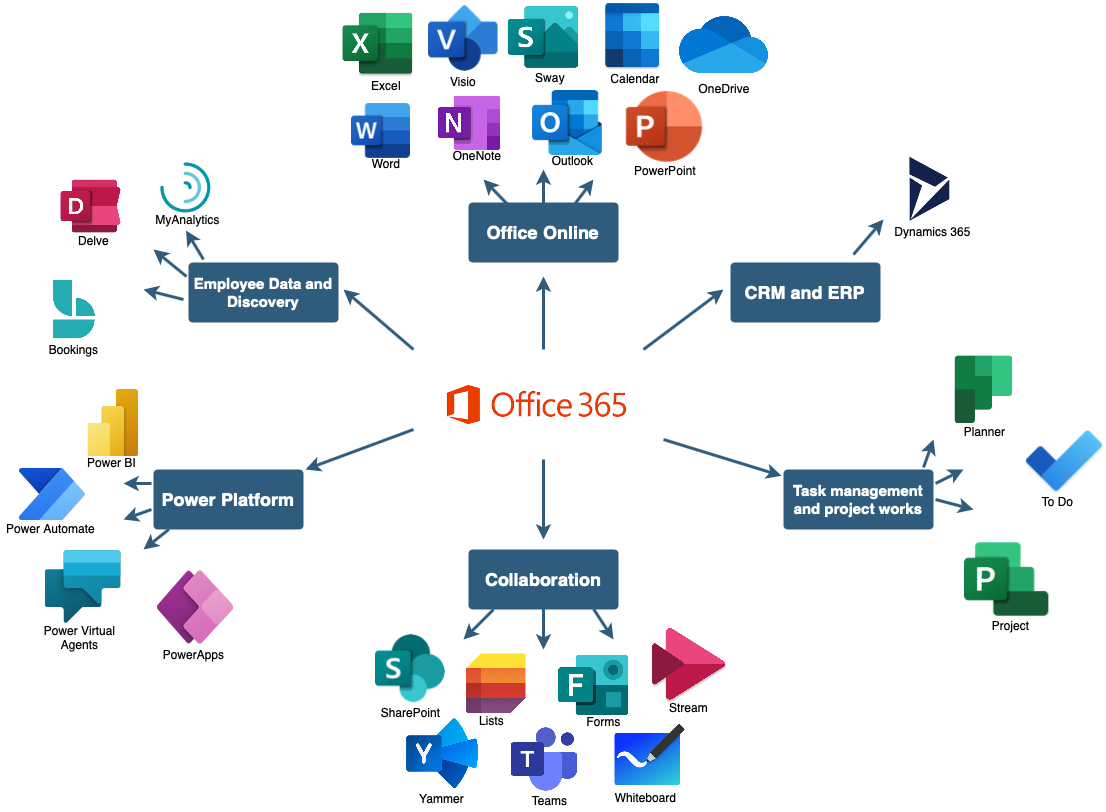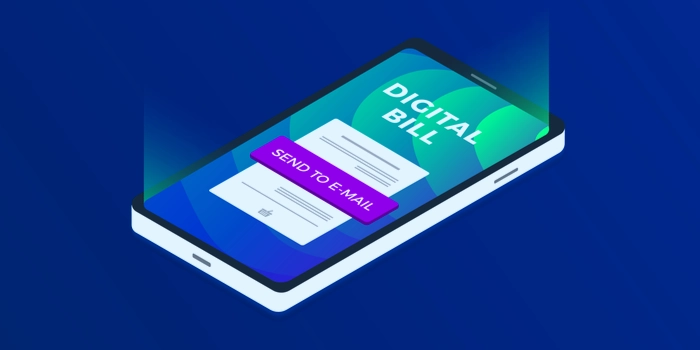The market is saturated with productivity software and collaboration tools - but which ones are really worth your business investment? We'll be taking a look at two titans in the business technology sphere: Google Workspace (formerly G Suite) and Microsoft 365 (Office 365 and Azure cloud). Which platform would be the best fit for your business, and where does each fall short? Keep reading to find out.
Here's What Your Business Needs to Know About Google Workspace and Microsoft 365:
What's Included in Google Workspace
With Google Workspace, teams can collaborate in real-time on documents for ample productivity, but they also have the option to take their documents offline to work on them alone. The Google Workspace comes with a host of familiar applications: Gmail, Meet, Chat, Calendar, Drive, Docs, Sheets, Slides, Forms, Sites, Keep, Apps Script, and Cloud Search. These solutions can be scaled for the individual, small and new businesses, startups, and enterprises in a host of industries.
Google Workspace makes collaborating with your team effortless with Chat for messaging and Meet for conferencing. The apps within Workspace are secured through Google's cloud, with solutions for admins, endpoints, and data retention through Google Vault. Google Suite has made it easy for remote workers to collaborate as users can work simultaneously, make suggestions, and leave comments on shared content. Additionally, Google Calendar makes it easy to create and share timelines and tasks with coworkers. And Work Insights provide a single dashboard where managers can track how Workspace is supporting their business goals.
Office 365 Applications + Microsoft 365 Enterprise Cloud
Microsoft 365 combines Office 365's application suite with cloud services, device management, and advanced security tools for a safer, more robust workplace experience. This allows Office 365 users to directly benefit from Microsoft 365's robust cloud infrastructure, cross-functional integrations, automatic security updates, and more. These applications seamlessly integrate with Windows, Android, and Apple devices, and can rapidly be deployed as your business grows. Because your applications are hosted in Microsoft's Azure cloud, your IT team can layer data management policies, establish rules for document use and sharing, and backup your critical data.
Microsoft 365 also has excellent collaboration tools such as Microsoft Teams. Teams allows users to seamlessly transition from chat to video. The application also enables users to share files, edit them in real-time, and leave comments to encourage a more collaborative work environment. Teams has been instrumental in supporting remote and hybrid working environments, helping teams host events, safely share content outside their organizations, and support one another through near-time feedback and engagement.

Image courtesy of ISDK.
Security Features
One of the main concerns for businesses when using cloud applications are security features. Fortunately, Google Workspace and Microsoft 365 both offer a large number of security solutions:
-
Google Workspace
-
2 Step Verification - This reduces the risk of unauthorized access by asking users for additional information when signing in. This additional proof of identity can take the form of a code, phone call, or push notification.
-
Suspicious Login Monitoring - Machine learning capabilities in Google Workspace help detect suspicious logins. When a suspicious login is detected, administrators are notified so they can secure the account as quickly as possible.
-
Cloud Access Management - Google allows unified access to cloud applications, providing access all in one place. Single-sign-on lets users have unified access to other enterprise applications.
-
Enhanced Email Security - Administrators can set up customized rules that require emails to be encrypted using Secure/Multipurpose Internet Mail Extensions. The rules can be enforced when specific content is found in emails.
-
Phishing Prevention - Machine learning is used to detect phishing attempts. The machines look for previous phishing sites and new or unrecognized URLs.
-
-
Microsoft 365
-
Multi-Factor Authentication - This adds a layer of protection at the login stage. Before MFA, people only used one form of authentication: passwords. Now, MFA combines two of the following: something you know (password), something you are (fingerprint), and something you have (a code on your phone).
-
Azure Identity Protection - The likelihood that you know there is an attack happening within your network is slim. Most people realize they have been attacked after the fact. This feature detects suspicious activity and flags it based on out-of-place work habits. Your security team can set identity based rules, providing your company with more oversight about how data is used, shared, and stored across different departments.
-
Advanced Threat Protection - Malicious links are one of the most popular forms of cybercrime. Their attacks continue to get more advanced and employees are having a harder time recognizing these attacks. Microsoft ATP stops malicious links and attachments from entering your inbox. Additional security tools such as Microsoft Defender work within Windows to provide anti-malware and spyware capabilities.
-
Mobile Device Management - The goal of MDM is to control access to your organization's data. If organizations have a BYOD policy, employees are likely accessing company data with their personal devices. MDM tools such as Microsoft Intune provide a dashboard through which your IT team can track devices, usage policies, and employee behaviors.
-
Data Loss Prevention - This feature ensures that sensitive information stays within your organization and avoids leakage. DLP policies monitor your online environment and prevent users from sending sensitive data outside of your organization, and set rules for content access and maintenance.
-

Key Differentiators Between Google Workspace and Microsoft 365
A key differentiator between Microsoft 365 and Google Workspace is that M365 apps are available as web version and desktop versions. The browser-based apps allow you to install desktop versions so you can use them offline if needed. Google Workspace doesn't have installable desktop versions however, it does provide offline functions for the three main apps; Docs, Sheets, and Slides.
Microsoft 365 also offers a variety of organization and management tasks such as Planner, Publisher, Access, and Project. Programs such as Microsoft Viva and MyAnalytics provide a 360° view of your daily processes, employee productivity, and overall business health. This insight may allow you to course correct, invest in new and emerging technologies, streamline inefficiencies, and invest in the wellbeing of your employees. To learn more about these solutions, reach out for a free consultation.





